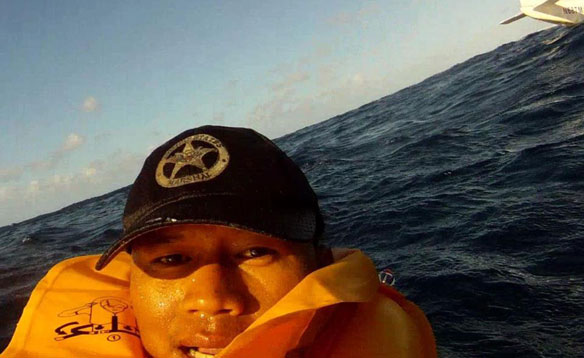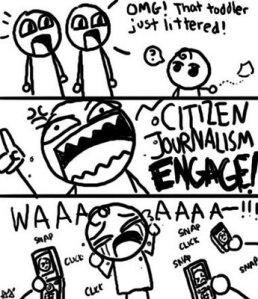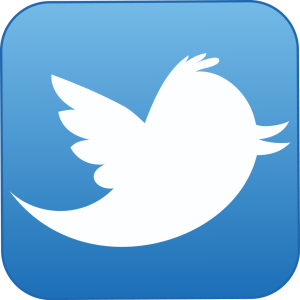Selfie has been impacting lots of people around the world due to its simple instruction yet really powerful instrument to represent one’s personality and/or story through social media. Trendy as it looks, but it could be argued that selfie has affected us in different ways.
Hailed last year as the Oxford Dictionaries Word of the Year, Selfie is defined as “A photograph that one has taken of oneself, typically one taken with a smartphone or webcam and uploaded to a social media website.” Selfie has been a worldwide sensation, especially for the young demographic, for the past few years since new technological advancement like smartphones and digital cameras are invented – this was also triggered by the creations of social networking sites such as Facebook, Instagram and Twitter.
According to the Public Domain Review, the first ever Selfie could be traced back from 1839; it was taken by Robert Cornelius, a chemist and one of the American pioneers in photography. In the Public Domain Review’s article Robert Cornelius’ Self-Portrait: The First Ever “Selfie” (1839), Cornelius’ self-portrait could be considered as the first photographic portrait – thus the first Selfie act.
The Good
Taking Selfies could be used by people, especially the young-adult demographic, as a self-identification of themselves in the social media bubble – it looks that there is a benefit from this trend however scholars and parents are still arguing the actual purpose and its effect to people.
On Time Magazine’s article Why Selfies Matter, Dr. Pamela Rutledge, director of the Media Psychology Research Center, thinks that people are just overanalyzing the effects of Selfie; she suggested that Selfie is not really a new fad. She argues that the technology, media and communication is much more advance and way too different of what people had 10 years ago. Clinical psychologist, Dr. Andrea Letamendi, backed up Sr. Rutledge’s theory by saying that “Self captured images allow young adults and teens to express their mood states and share important experiences.”
According to Dr. Pamela Rutledge on her article, #Selfies: Narcissism or Self-Exploration?, on Psychology Today, she view Selfie “as a by-product of technology-enabled self-exploration.” She also added that throughout the history Humans have demonstrated interest in self-exploration. We used Selfie as a tool for self-exploration so that we could figure out our own personality and character.
Other than facilitating self-exploration, Dr. Rutledge also added that there are many benefits that Selfie give to people such as: Selfie reinforces our cultural and social identity through our social media sites. Selfie gives context to the people – through selfie photos people could express their sense of style, etc. And also, Selfies are not also all seeking external validation from people – it is more of wanting people to value and appreciate us as persons.
Selfie is also used as an instrument to voice out some issues, causes and awareness around the world. Some of the Selfie initiatives are really good and it actually raises awareness and collects funds for clinical research, such as cancer research. An example of this good cause was the ‘No Make Up Selfie’ in United Kingdom. According to the Telegraph UK, their cancer awareness went viral for 24 hours and raised a lot of money; see the full news article ‘No make-up selfie’ cancer campaign total soars to £2million.
Selfie could also be considered as a photo-virtual diary. Selfie gives the people freedom on how they should act and/or live. Selfies has also been a good powerful tool to tell stories or news about people or an event. A great example for this idea would be the airplane crash Selfie in the Pacific Ocean, see: Hawaiian plane crash survivor snaps selfie in Pacific Ocean.
Selfie has been impacted a lot of people around the world. It definitely has some negative effects on us but also we should also see the positive outcomes that this technological sensation has given to us. Too much of everything is not healthy for us and it could also be attributed on using Selfie – people must have a control with their actions as well as must be responsible.










